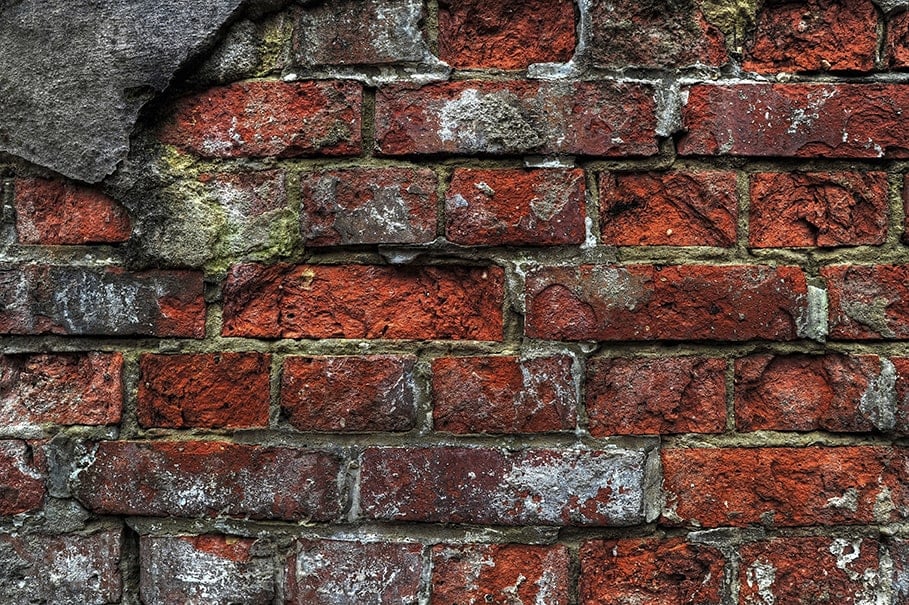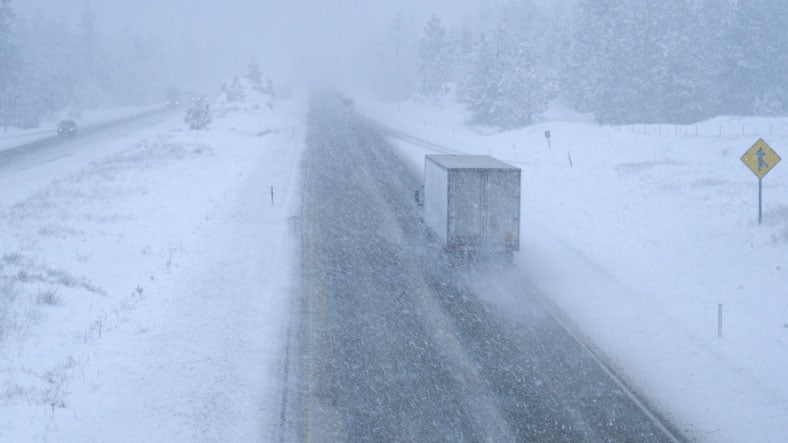Are There PCBs In Your Workplace? 5 Things to Know When Deciding if You Should Test
 Concerns about PCB exposure is in the local news on an almost daily basis. Whether it’s a discovery in a school, contaminated soil, or exposure from eating, drinking or touching something that’s contaminated, there’s no doubt that PCBs are a hazard to people and the environment.
Concerns about PCB exposure is in the local news on an almost daily basis. Whether it’s a discovery in a school, contaminated soil, or exposure from eating, drinking or touching something that’s contaminated, there’s no doubt that PCBs are a hazard to people and the environment.
PCBs are polychlorinated biphenyls. They are a family of man-made chemicals containing 209 different variations, or congeners. They were used in industry beginning in the 1950s. They are detrimental to people and the environment and were outlawed in 1979. Unfortunately, prior to that time, many materials were made using PCBs. If you don’t know if you have PCBs, you’re not required to test, even if your building was built during the affected time period.
While testing is the only sure fire method of knowing if building materials have PCBs, there are a few things you can do to manage potential exposures and learn to help determine if you’re in danger.
When was your workplace built? Renovated?
Parts of your workplace that were built or renovated after 1950 and before 1979 may have PCBs. After that time, the use of PCBs was outlawed in the US. When you’re building was constructed or renovated is the primary factor in determining if there is even a chance that your workplace has PCBs.
Is the Suspect Area Being Disturbed?
If there is construction, demolition or other work being done in the suspect area, people are at a higher risk of being affected by the PCBs. If so, consider work practices and take precautions. Testing the air or building materials for PCBs should be considered carefully and know what is to be expected if PCBs are identified.
What are PCBs and What’s the Negative Impact?
Knowing what PCBs are will help you determine target areas for PCB testing. PCBs were commonly used in transformers, florescent light ballasts and caulking. Areas with materials that commonly contained PCBs are typically a good place to start regarding testing. PCBs generally have no odor. It is important to understand that you can’t merely look at something to decide if it’s PCB containing.
Along with knowing what they are, you should know the potential negative impact unattended PCBs can have on you, your employees and the environment. PCBs are considered carcinogens by the US Department of Health. This combined with knowledge of the presence of PCBs creates concern and chaos. Managing these materials and being proactive and compliant is critical to averting big problems.
Benefits of the Professionals
Calling in experienced people who understand the regulations, risk and remediation is the best way to avoid costly mistakes and keep everyone safe. Toxic Substances Control Act (TSCA) prohibits the manufacture, processing, and distribution in commerce of PCBs. As such, PCBs discovered in building materials requires careful management under TSCA. Some states, like Maryland, Connecticut and Massachusetts, have additional regulations regarding the management and disposal of discovered PCBs. Having an experienced professional managing your PCBs will help keep you compliant, safety and mitigate risk.






